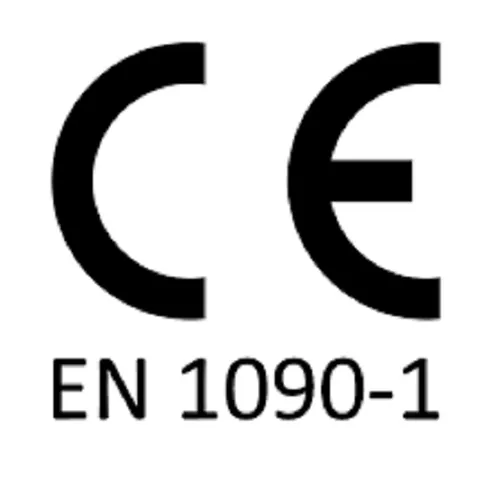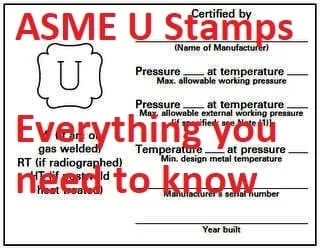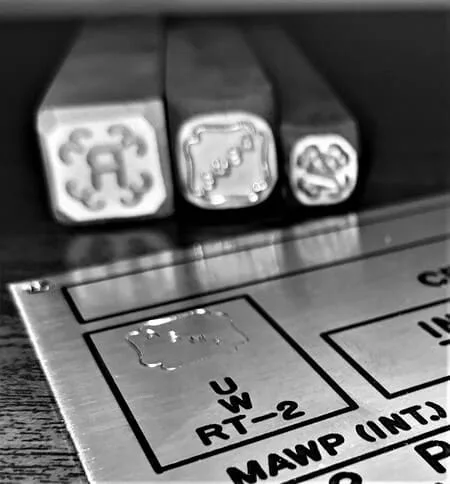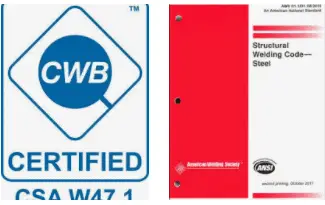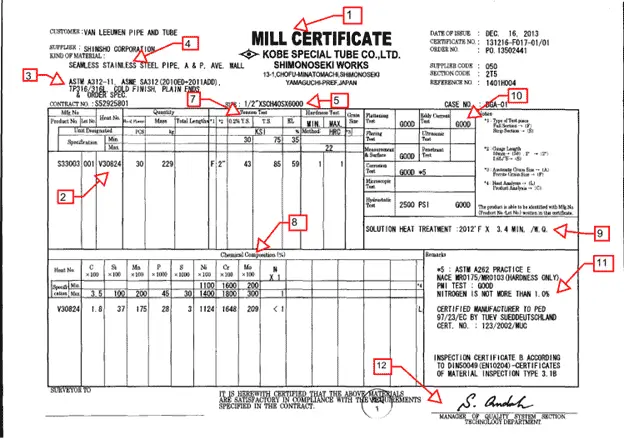EN 1090 Certification Requirements
Manufacturers of metal structures who plan to comply with the requirements of European standards must certify the factory production control system (FPC) in accordance with the requirements of EN 1090-1, and the products are marked with the CE mark.
The manufacturer must ensure that the metal structures have been developed, the appropriate materials and components have been purchased, the metal structures themselves are manufactured, and then assembled on the construction site as part of the security system quality, taking into account the relevant standards.
EN 1090-1, is the main standard for the manufacture of steel and aluminum components used in structures. Since metal structures must be safe, the components of metal structures must also have the CE marking.
EN 1090 Certification Requirements
Since 1 July 2014, the European Construction Products Directive has obliged companies, in conjunction with the EN 1090-1 standard, which has been harmonized since the end of 2010, to place load-bearing steel and aluminum components on the market in the EU member states exclusively with a CE marking.
In the future, the certificate will be a necessary prerequisite for the CE marking of your steel and aluminum components and the free movement of goods in the EU.
The prerequisite is the certification and monitoring of the plant and the factory’s own production control.
With the certificate, you not only prove the qualification of your employees and the necessary technical equipment, but also compliance with the defined essential product properties of your components.
Essential requirements of DIN EN 1090
- Factory Production Control (FPC) certification,
- Quality assurance for HV fittings,
- Quality assurance for corrosion protection,
- Introduction of the welding quality standard DIN EN ISO 3834,
- Implementation of implementation standards EN 1090-2/-3,
- Initial testing: statics, qualification of welding processes,
- Welding instructions must be available (except EXC1),
- Certified welders and welding supervisors,
- 100% visual inspection of welds,
- Non-destructive testing (except EXC1),
- Documentation and test records,
- Certification and monitoring by a certifier.
What is the purpose of EN 1090?
The European DIN EN 1090 regulates the proof of conformity, the factory production control, the manufacturer certification and the CE marking for load-bearing steel and aluminium components placed on the market as construction products.
EN 1090 Execution Classes
According to DIN EN 1090-2 (Annex B1), the determination of the execution class is part of structural design or statics. If no information is available from the client/planner, the manufacturer is advised to make the determination in his order confirmation.
DIN EN 1090: The selection criteria damage consequence class (CC), stress category (SC) and manufacturing category (PC) are included in the determination of the execution class. As the execution class increases, the requirements for quality, monitoring, testing and documentation of production increase.
Officially, the execution classes are regulated in DIN EN 1993-1-1/A1:2014-07 (Table C1), an overview of the assignment of load-bearing components and structures made of steel is specified in DIN EN 1993-1-1/NA:2017-09 (see also BVM leaflet 4 “Implementation classes”).
